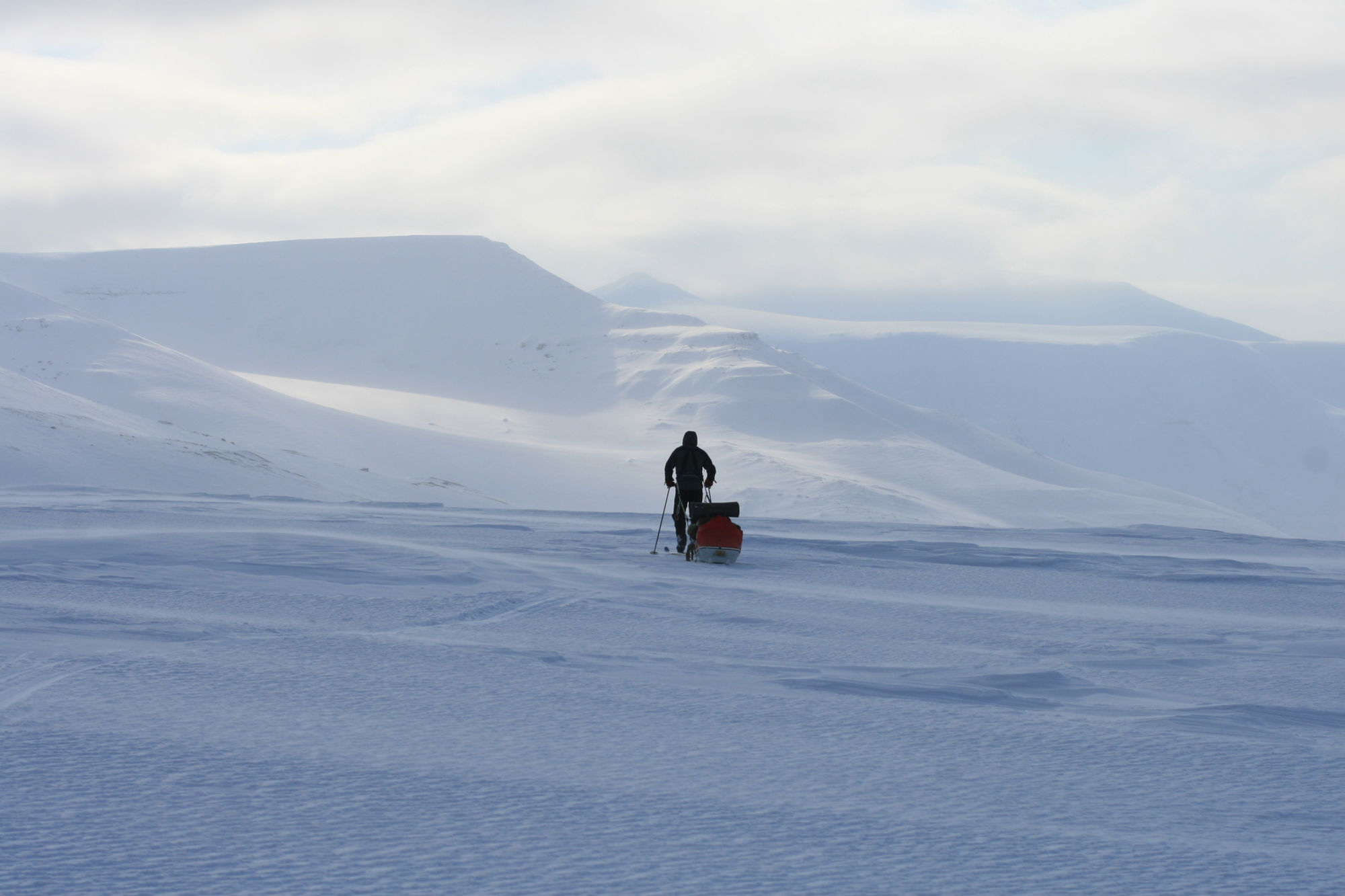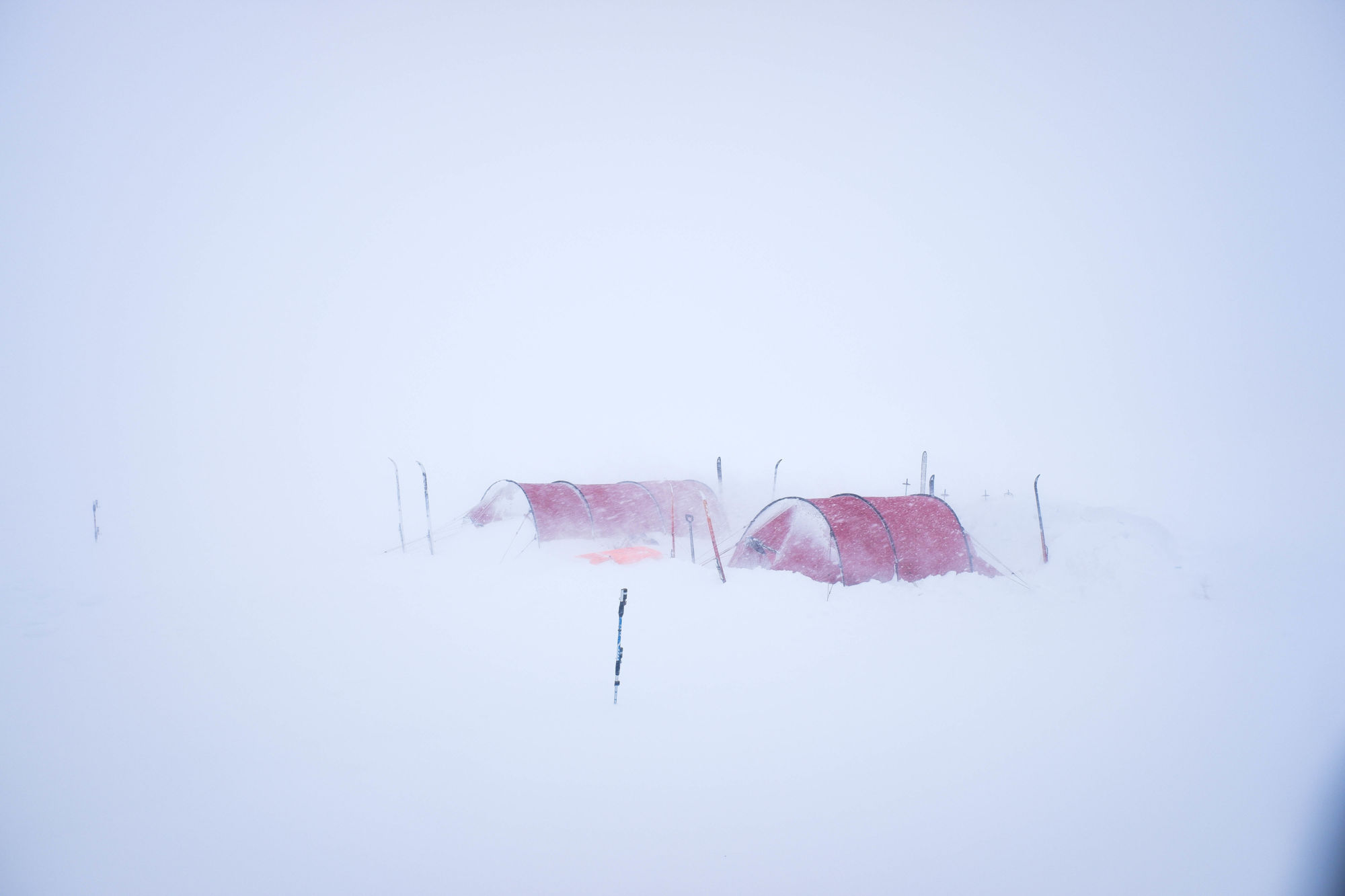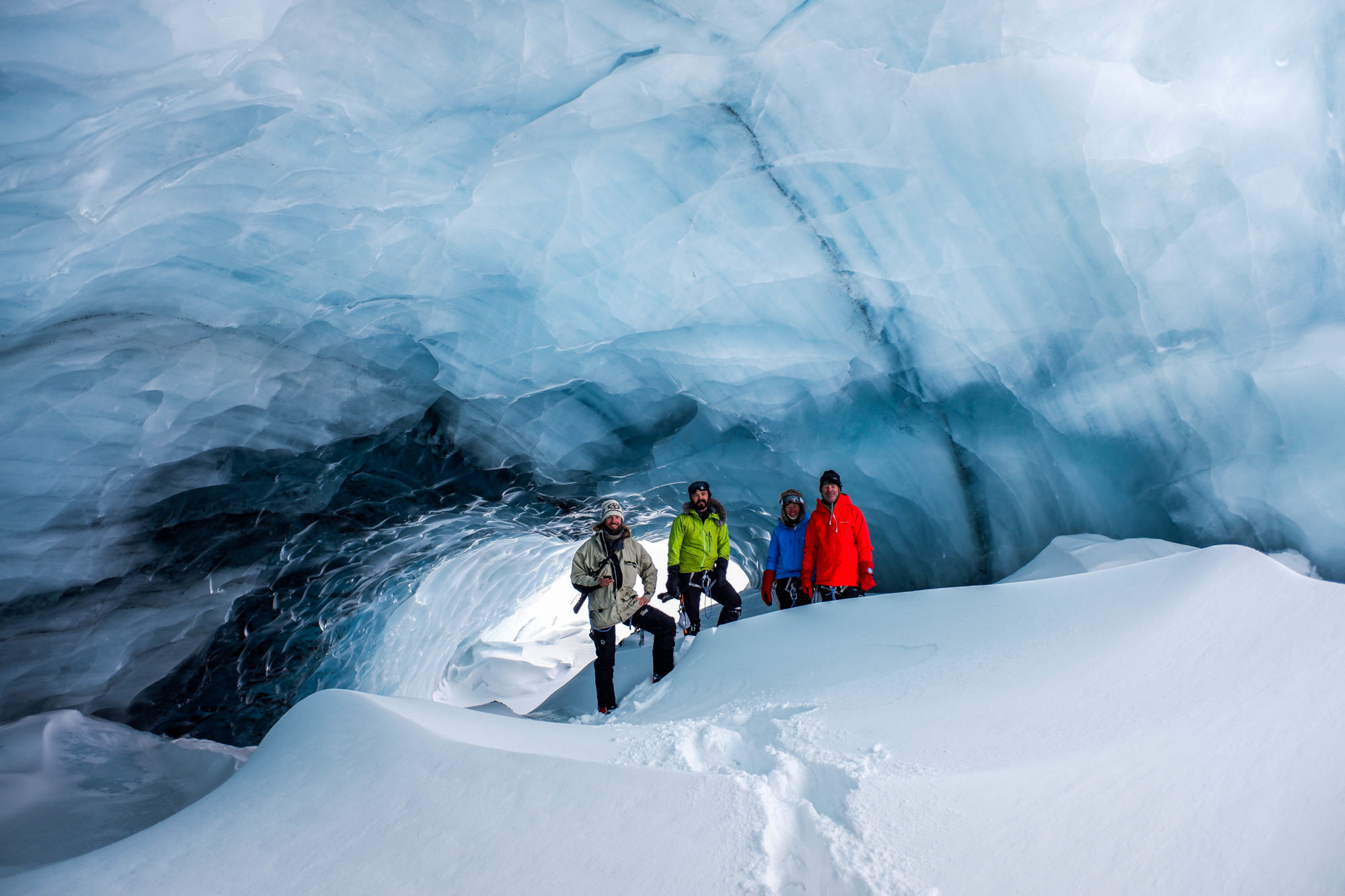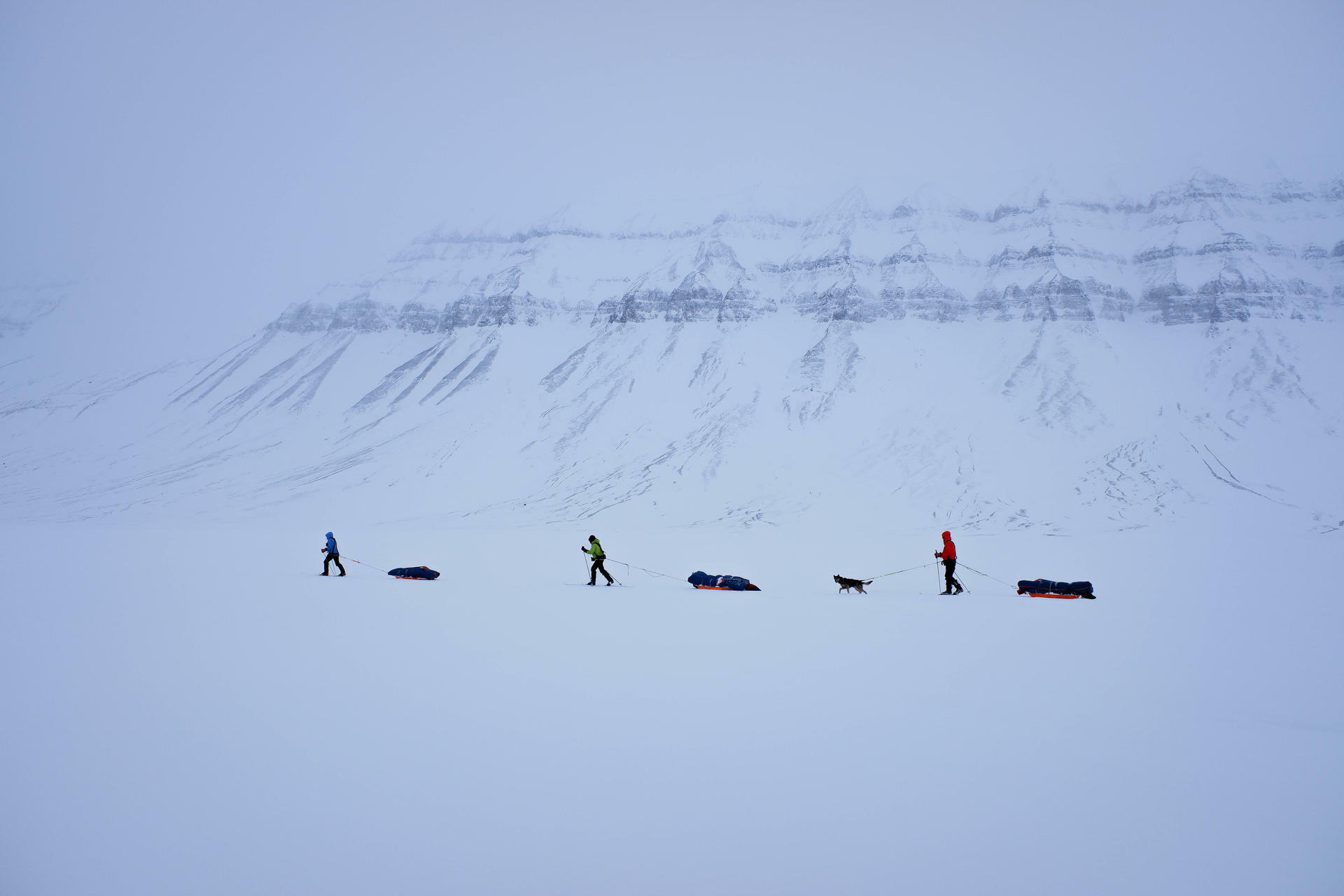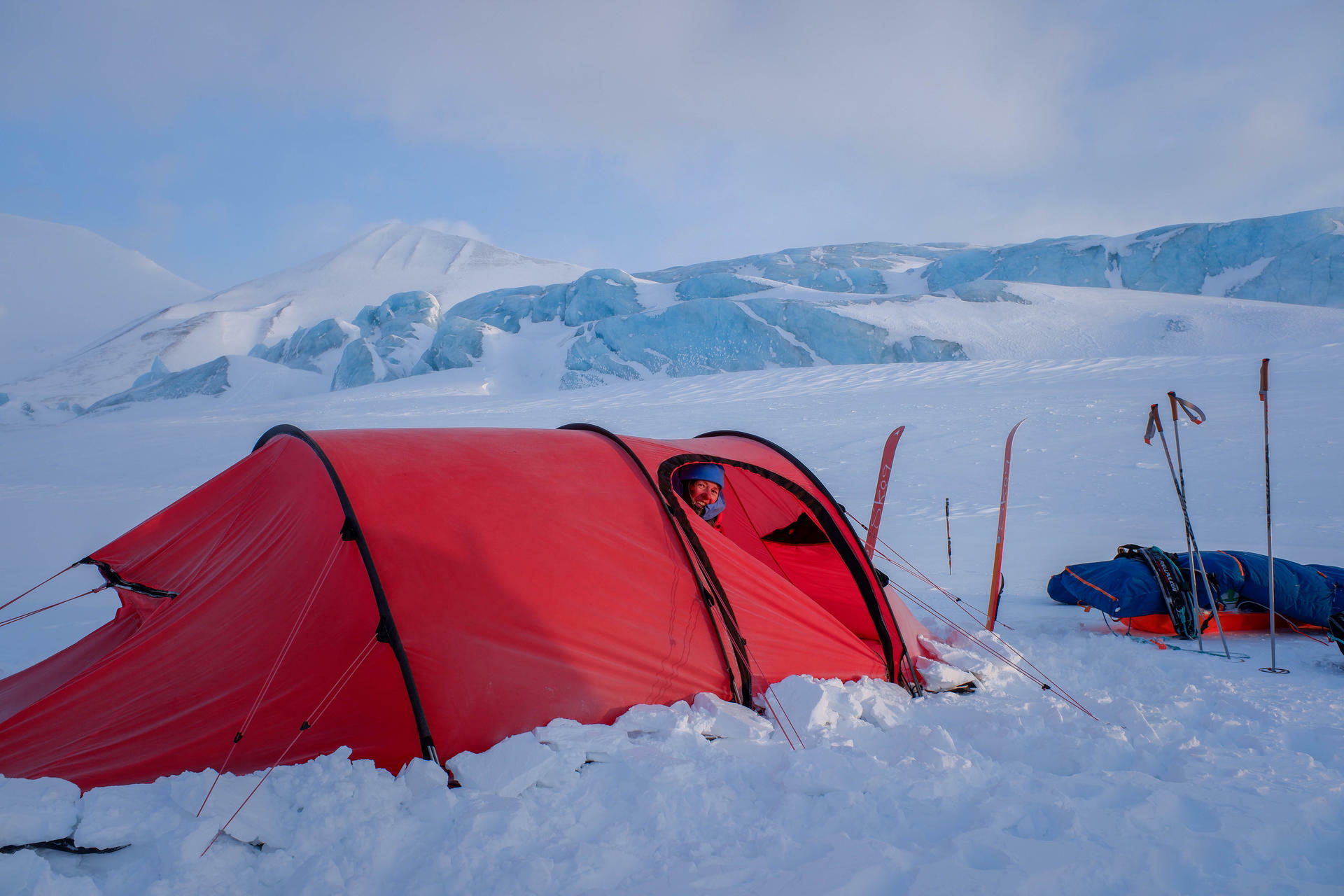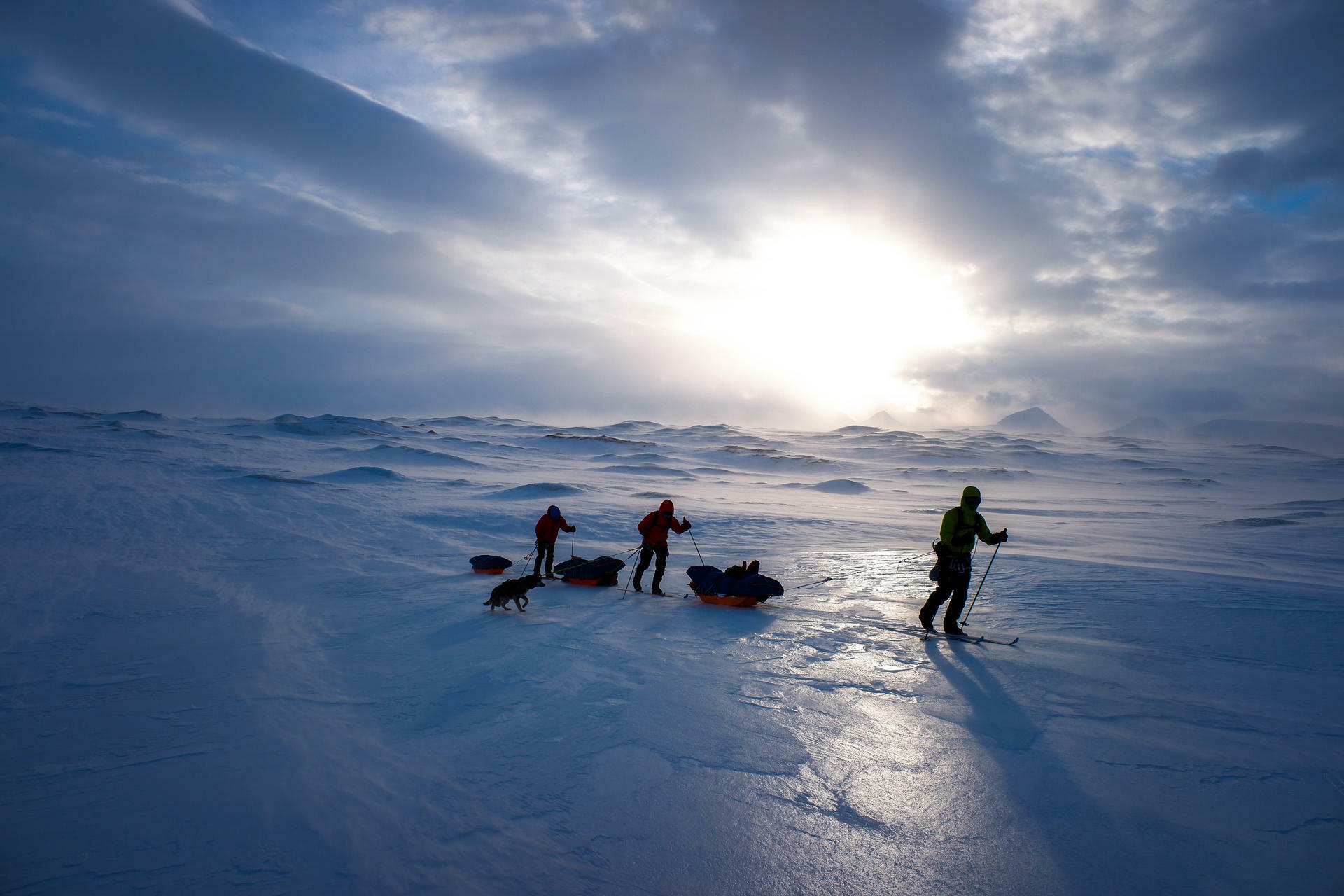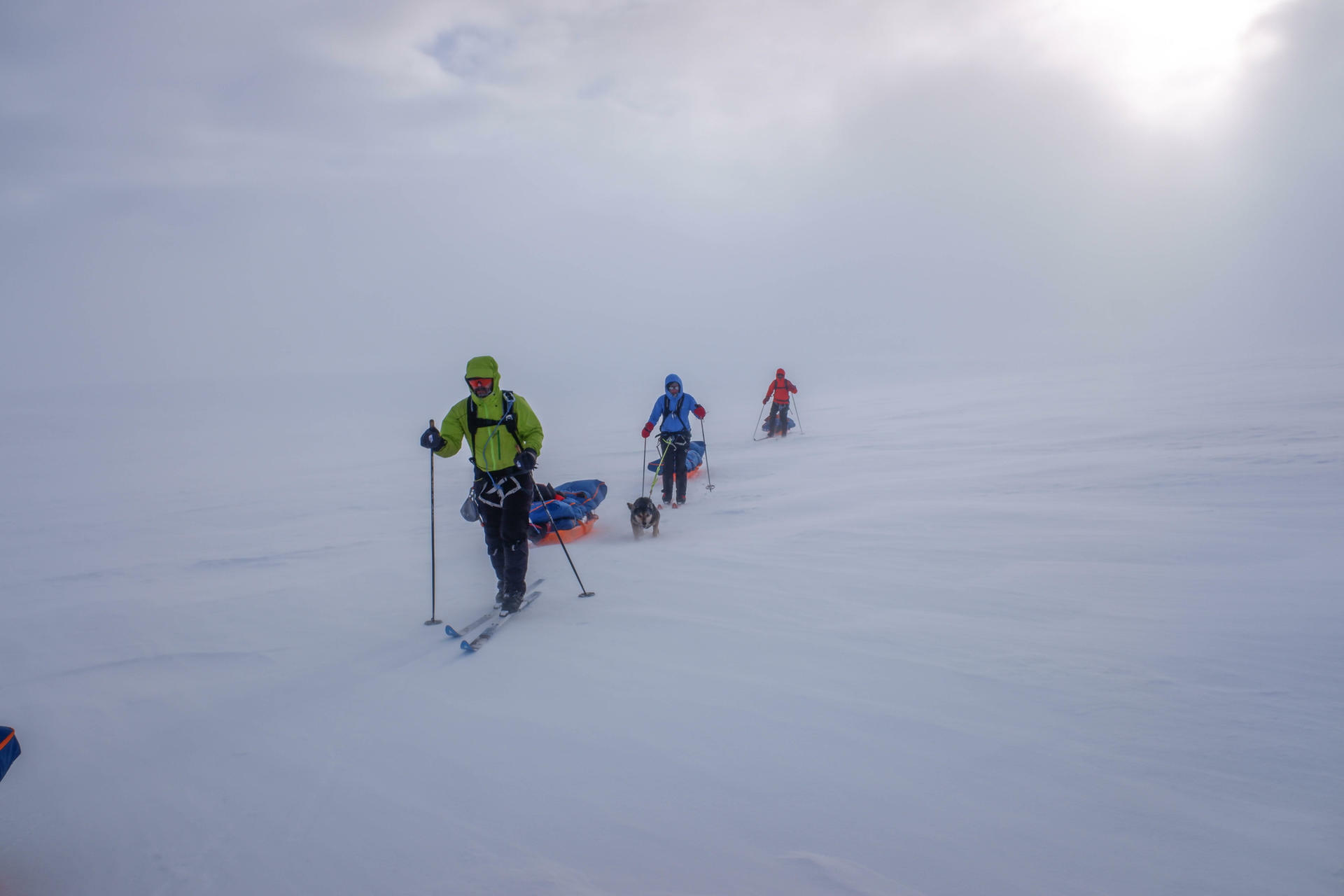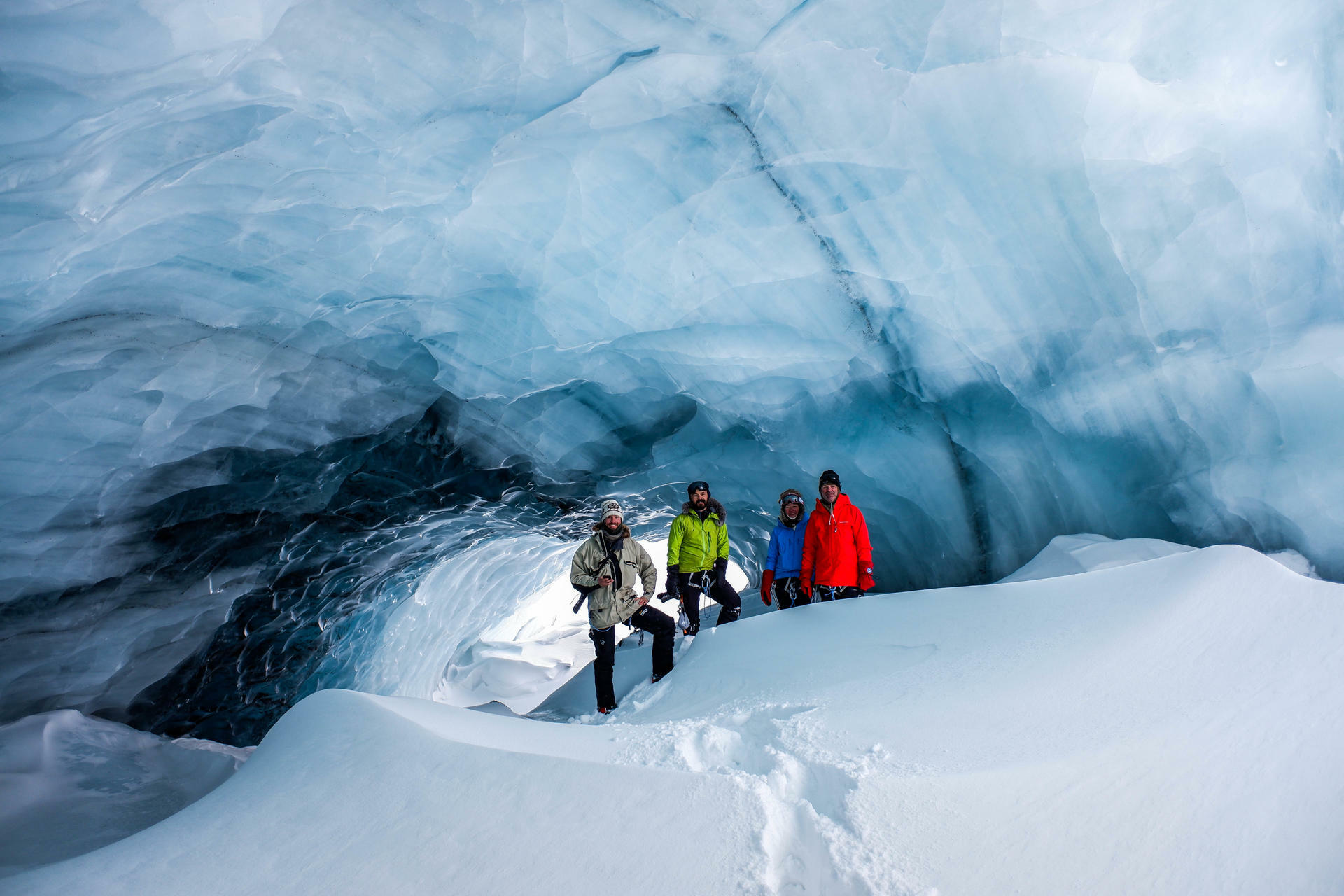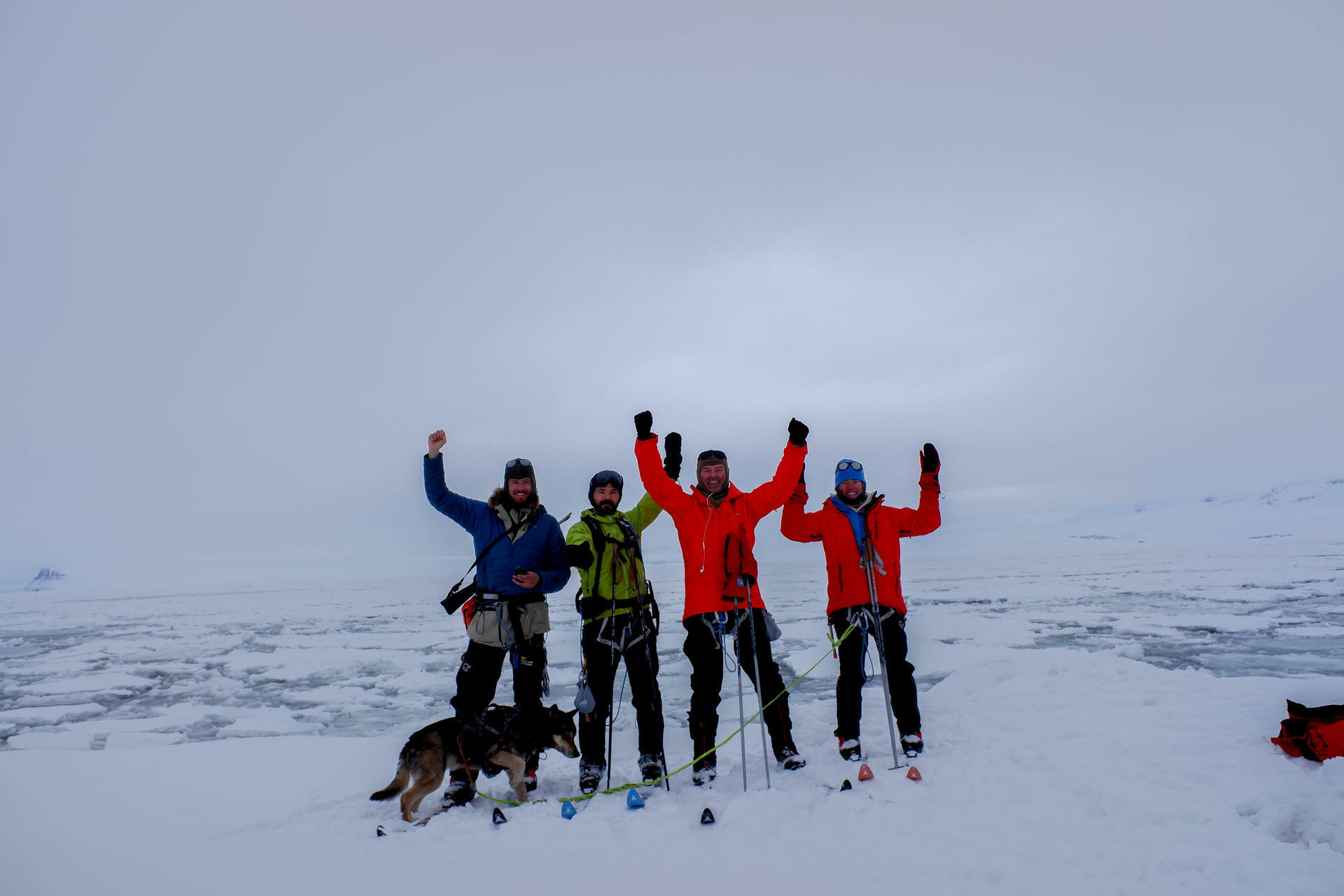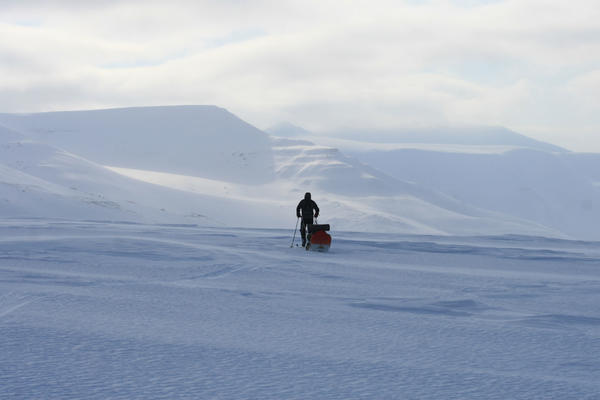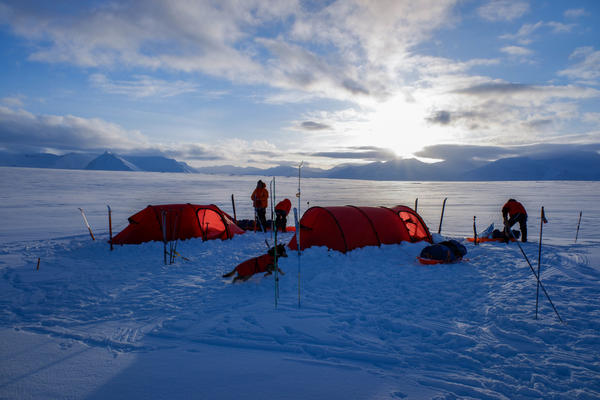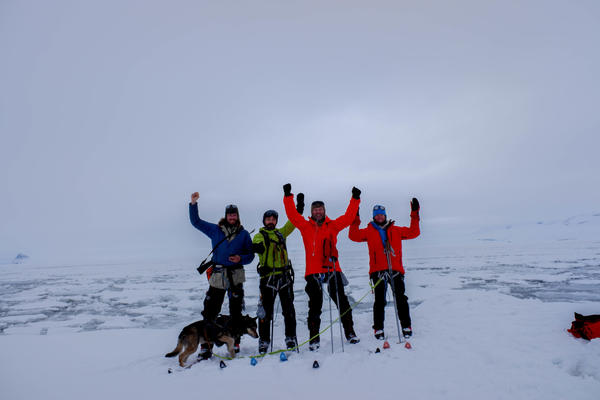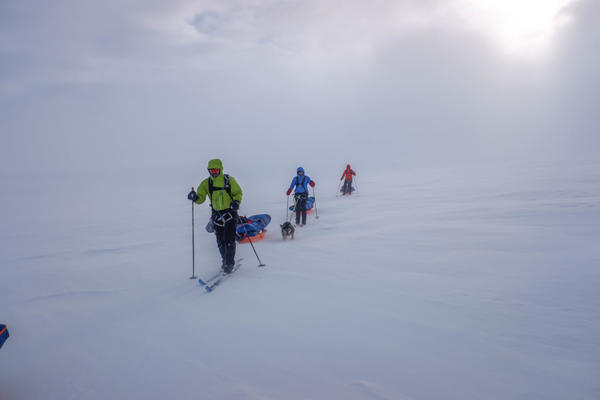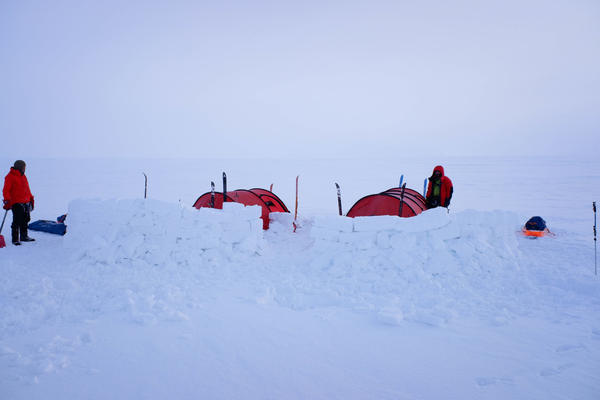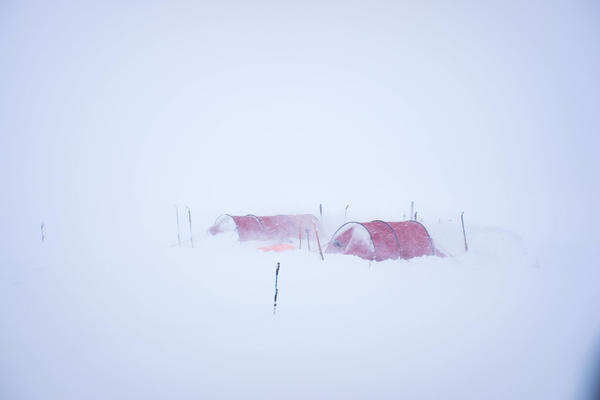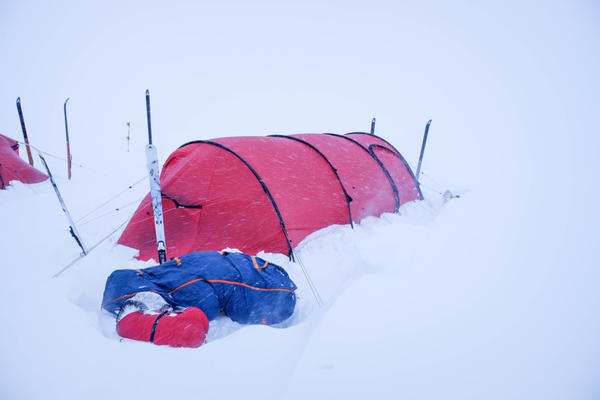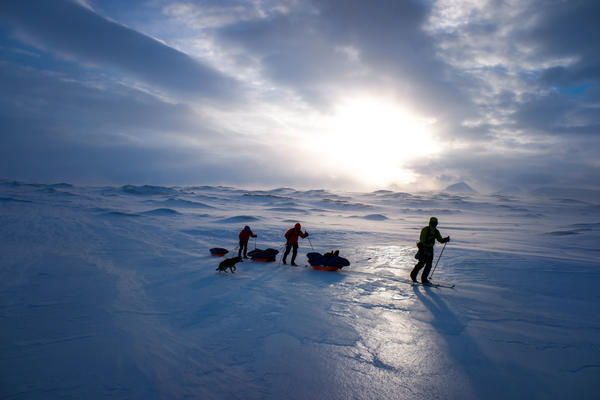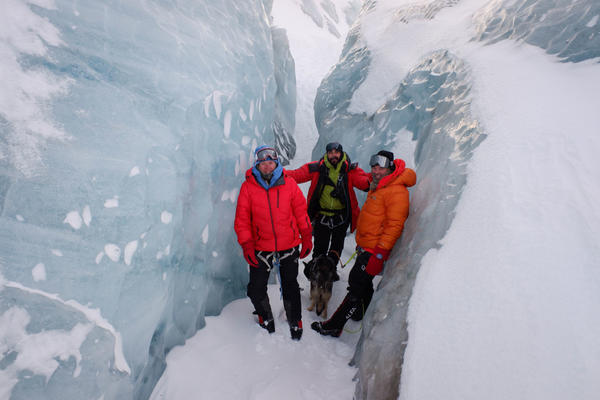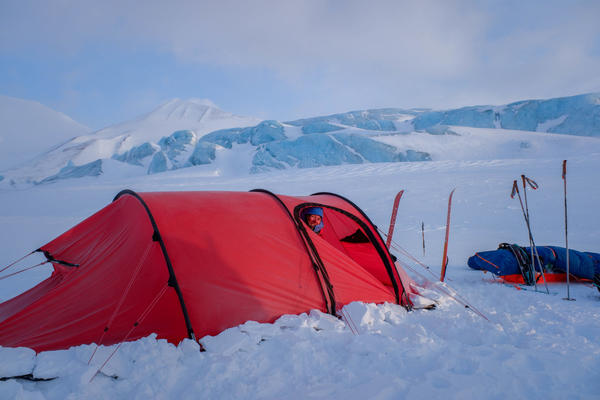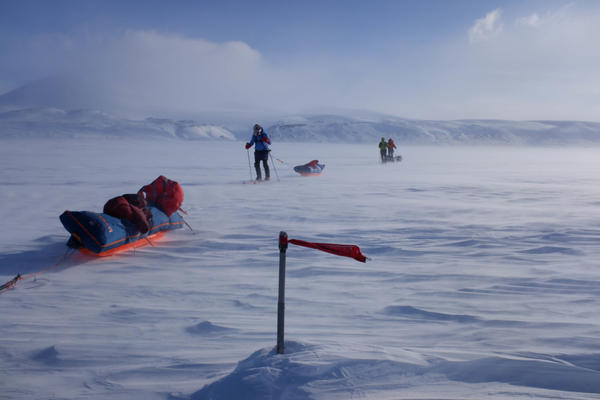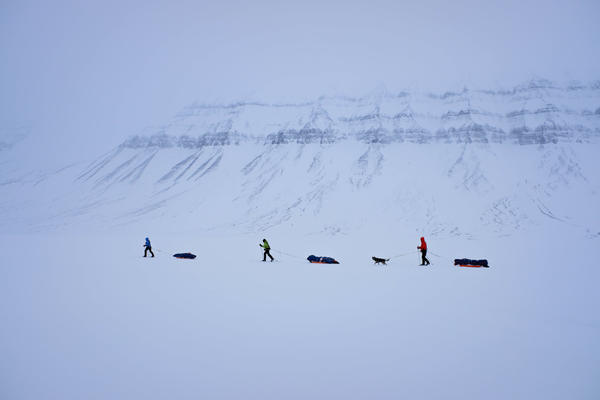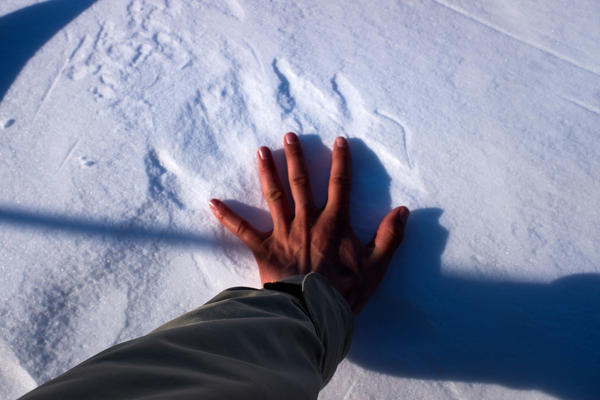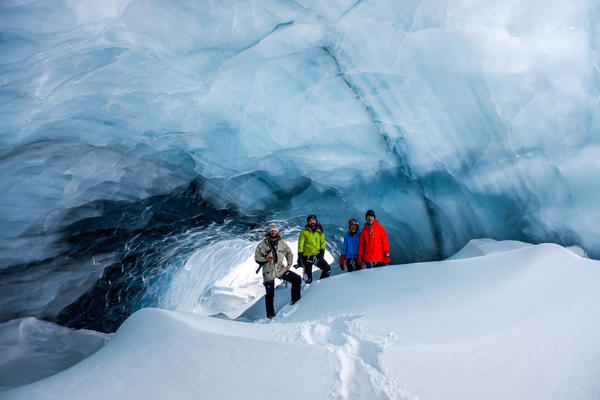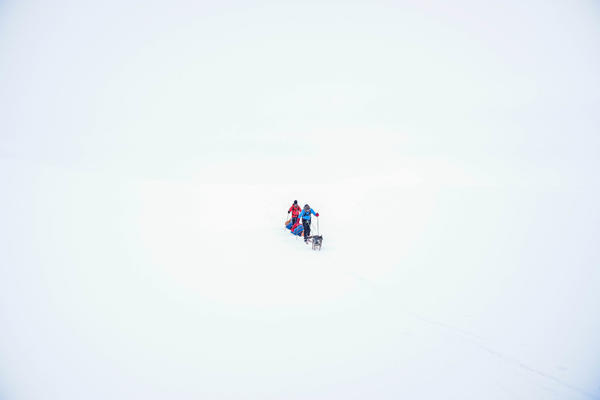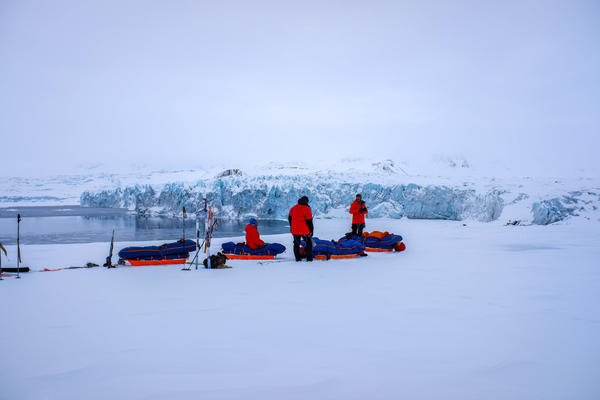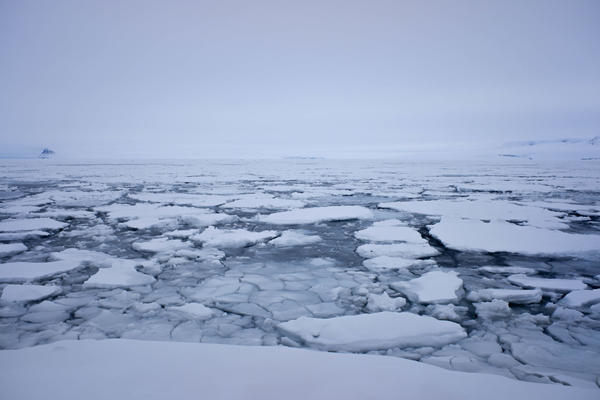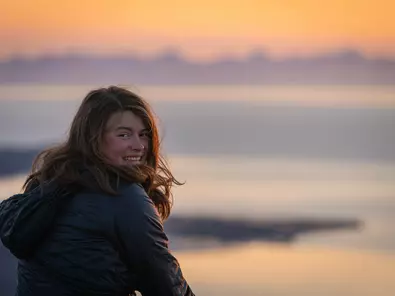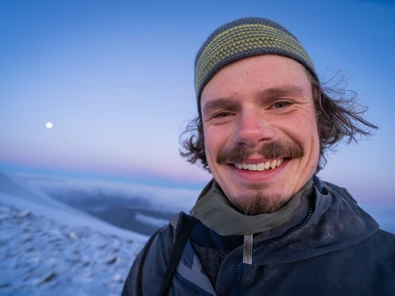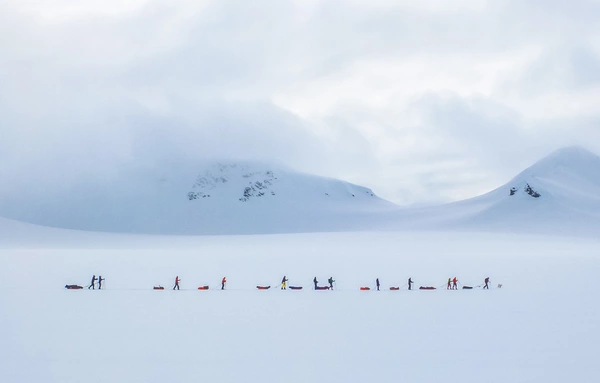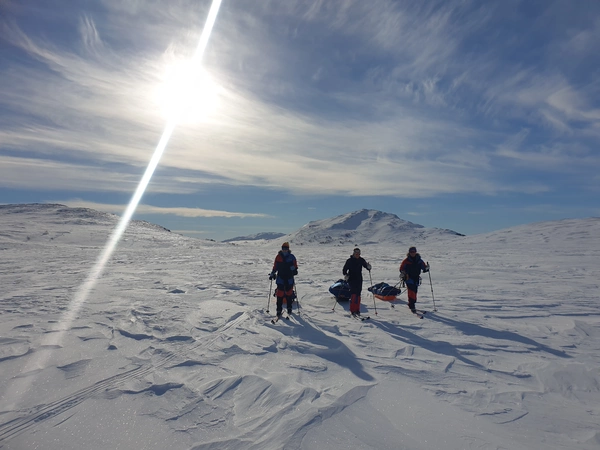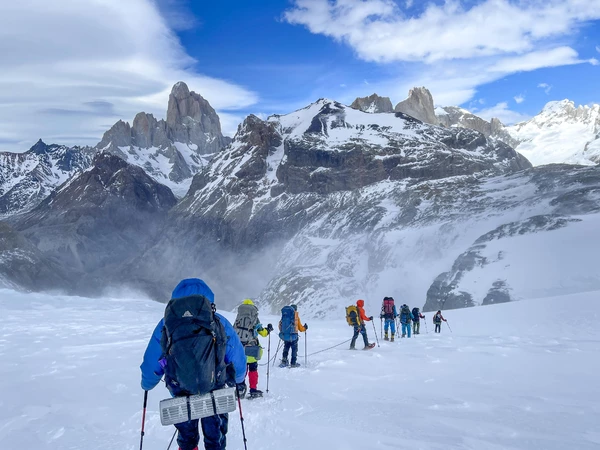Day 1:Arrive Longyearbyen - March 30, 2026
We will meet at 15:00 at Mary-Ann's Polarrigg to go over the plan for tomorrow's packing. We do a round of looking over the individual's equipment and see if anything needs to be purchased for the next day. The planned route is ready, but we take a look to prepare ourselves for the adventure that awaits in the next few days. In the evening we have a joint dinner to mark the start of the adventure (not included). NOTE: Accommodation in Longyearbyen before and after the tour is not included, and must be arranged on an individual basis, but we can of course help with this.
We will meet at 15:00 at Mary-Ann's Polarrigg to go over the plan for tomorrow's packing. We do a round of looking over the individual's equipment and see if anything needs to be purchased for the next day. The planned route is ready, but we take a look to prepare ourselves for the adventure that awaits in the next few days. In the evening we have a joint dinner to mark the start of the adventure (not included). NOTE: Accommodation in Longyearbyen before and after the tour is not included, and must be arranged on an individual basis, but we can of course help with this.
